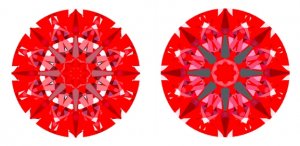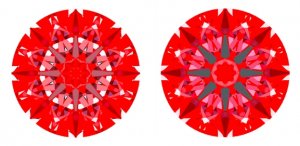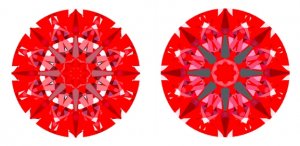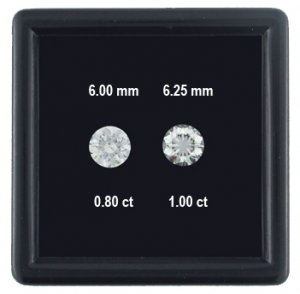- Joined
- May 1, 2008
- Messages
- 3,563
If one leads to a crash, and the other doesn't - give me the more accurate speedometer.Rockdiamond|1423417037|3829357 said:For exampe- take the rounding issue- which is clear cut advantage to AGSL for a physics guy or gal. But how much of an issue for someone wanting a good looking well cut diamond?
Put another way- say your cars speedometer was programmed for inches per hour versus miles per hour. The more precise measurement is clearly more accurate -but to what end?
These would display identical proportions-data on their GIA Reports except for girdle thickness (tn/med). For the record, AGS3 vs AGS1.







300x240.png)